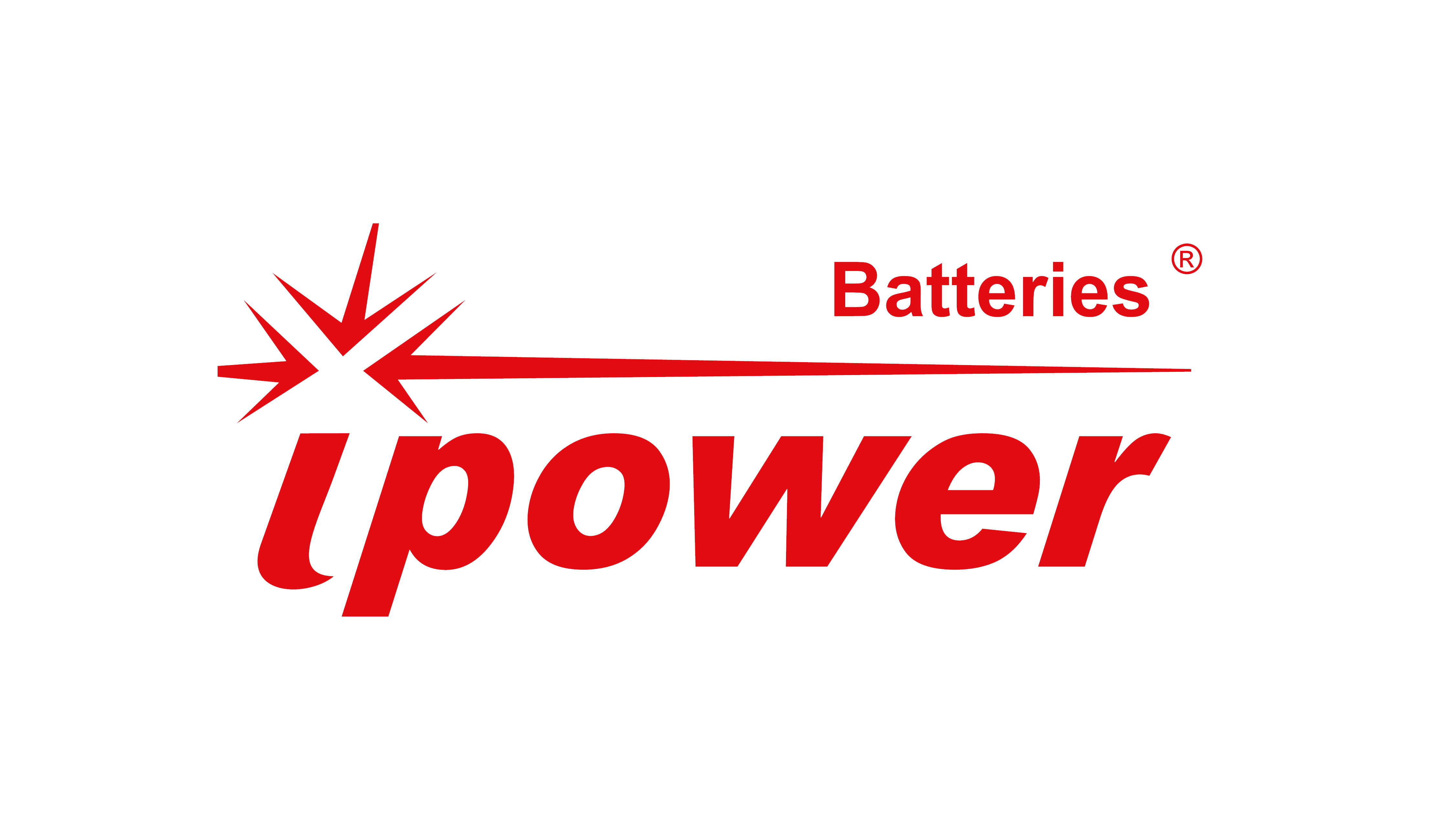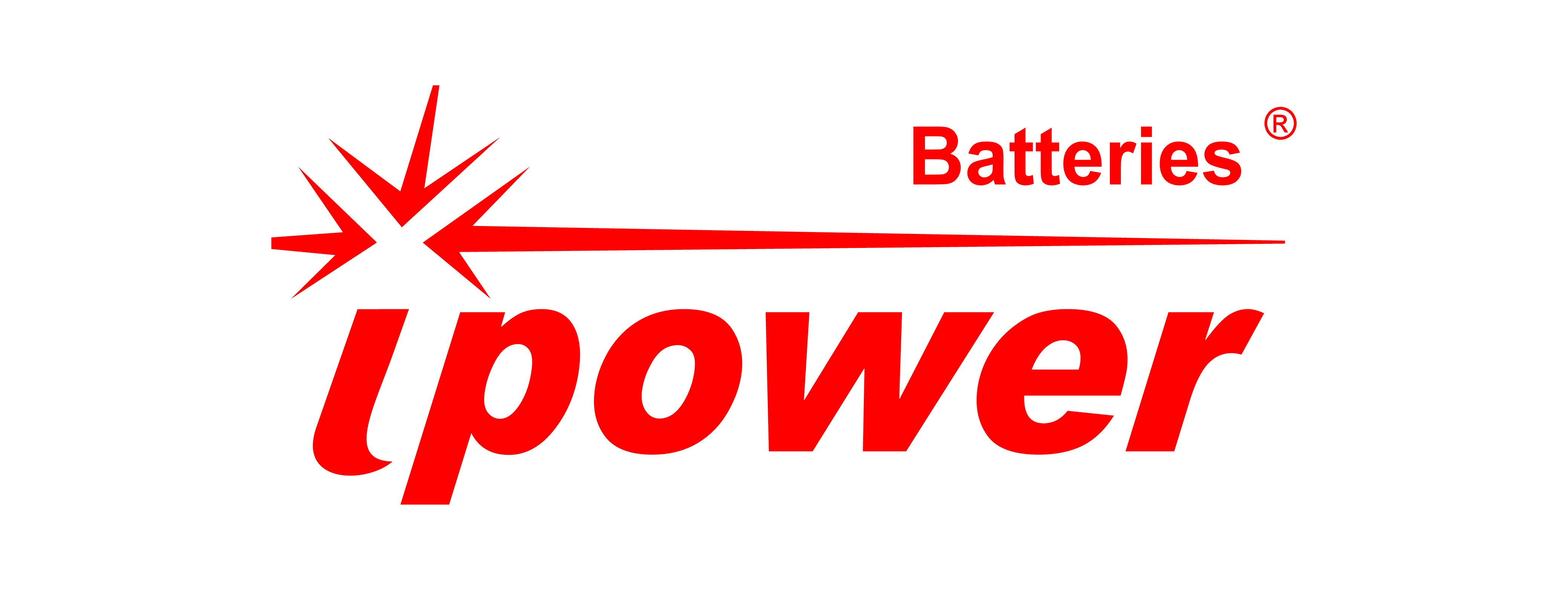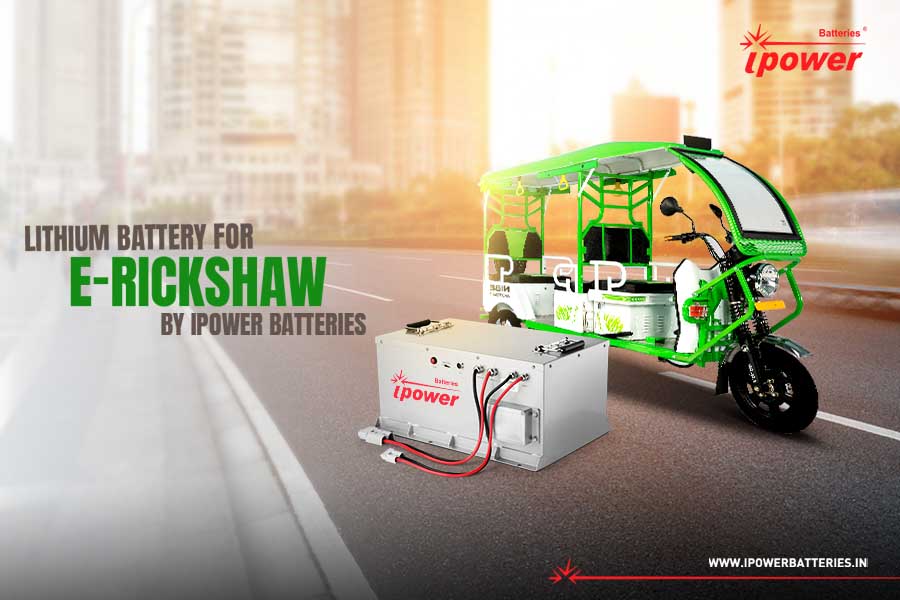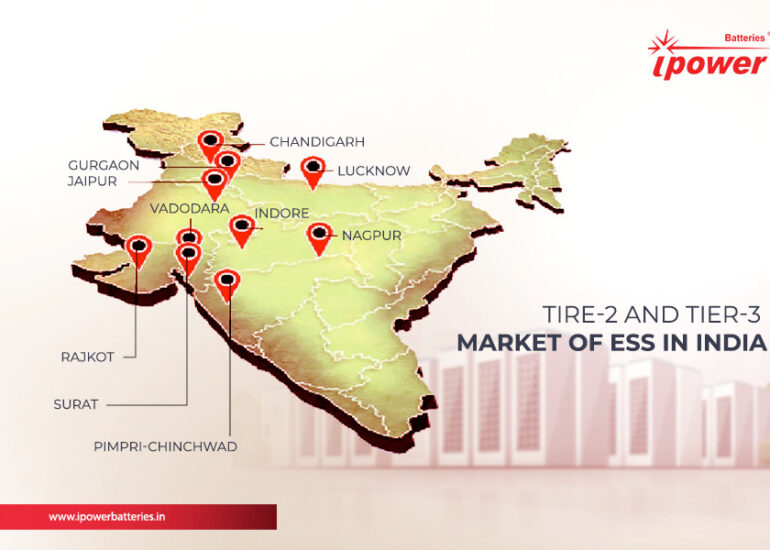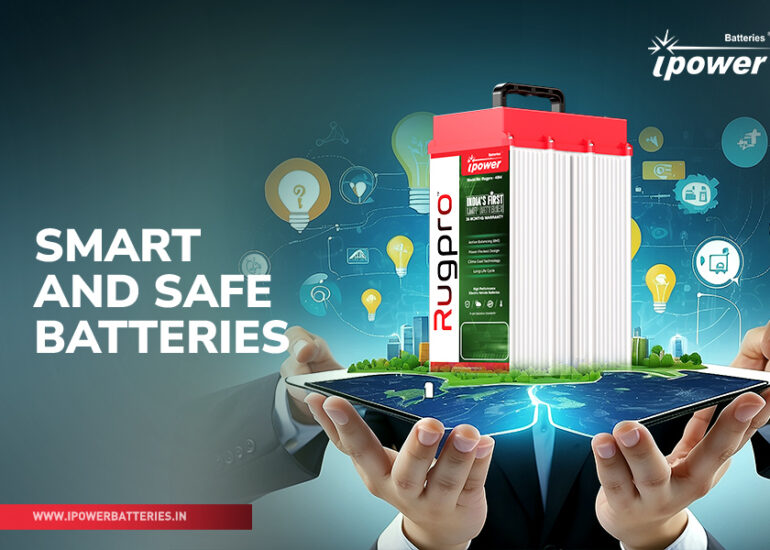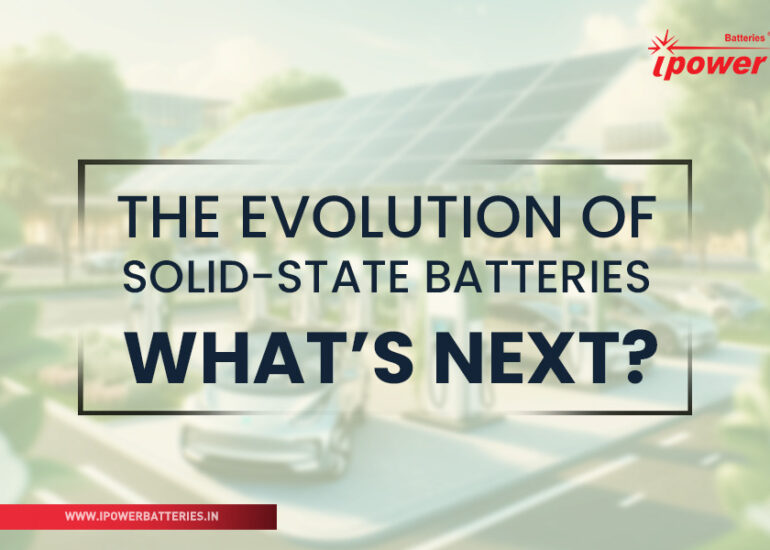Lithium battery for e-rickshaw by Ipower Batteries
Although lead-acid batteries are used in the majority of e-rickshaws, the market is shifting towards lithium-ion batteries. We will learn about lithium batteries for e-rickshaws in the Indian market in this article.
Types of batteries used in e-rickshaw
E-rickshaws are battery-powered and powered by electric motors ranging from 6500 to 1400 watts. The e-rickshaw is a cost-effective and environmentally responsible mode of transportation because of the significant savings in fuel costs. The batteries for e-rickshaws come in a variety of shapes and sizes. The batteries were designed with extended range, simple maintenance, long life, and clean air in mind. They can be obtained from a variety of sources.
Lead-Acid Batteries for E Rickshaw –
The majority of e-rickshaws are powered by lead-acid batteries. They have a lower life expectancy of 360 cycles, a longer charging time of 8-10 hours, and are heavier. They have an impact on vehicle performance and longevity if they are not properly maintained because they are high-maintenance batteries.
Lithium-Ion Battery for E Rickshaw–
Manufacturers are increasingly turning to lithium-ion batteries. They have a lower weight of around 35kg due to their high energy density, resulting in increased overall mileage. Their charging time ranges from 1.5 to 3 hours. With a life duration of 1500 cycles (NMC) and 3000 cycles, these batteries are strong, long-lasting, and effective for comfortable rides (LeFePo4). These batteries require little to no upkeep.
Because of their superior performance, lithium-ion batteries are gradually gaining market share.
Ipower Batteries for e-rickshaw
Current status of electric rickshaw batteries in India
The revenue from the India electric rickshaw battery market was $141.3 million in 2021, and it is expected to reach $295.4 million by 2030, at an 8.5% CAGR.
This will be due to falling component prices, government initiatives for clean mobility, the low operating cost of electric rickshaws, and their increasing average age.
Electric three-wheelers are becoming increasingly popular in India due to their low cost and convenience over short distances. These three-wheelers currently account for 83% of India’s EV market. Each month, approximately 11,000 new electric rickshaws are sold in India, bringing the total number to around 15 lahks. These figures could be much higher because many of them are still unregistered.
The India electric rickshaw battery market is led by batteries with capacities less than 101 Ah, which account for more than 60% of revenue. The category will maintain its market dominance in the coming years due to consumer demand for low-cost e-rickshaws. This could also be due to the market dominance of unorganized local businesses, the majority of which produce low-cost e-three-wheeler components.
With a 10.6% CAGR in terms of value, the contribution of batteries with capacities greater than 101 Ah is expected to grow more rapidly in the India electric rickshaw battery market. This will be due to the growing demand for e-rickshaws that can travel longer distances without needing to be recharged frequently.
The lithium-ion battery category has a 52% market share and will contribute $196.1 million in sales by 2030. This is primarily because these variants are available in standard industry sizes, are 50-60% lighter, and have a 25-50% greater storage capacity.
Factors affecting the demand for lithium batteries for e-rickshaw in India
One of the significant trends in the Indian e-rickshaw battery market is the increasing use of e-rickshaws for logistics and mobility, as well as the batteries used in these vehicles. The country’s demand for these vehicles is growing as a result of increased activity in the e-commerce, municipal, logistics, and food and grocery sectors. In 2015, there were few electric rickshaws for logistical purposes on Indian roads; however, within two years, their share of total e-rickshaws on highways had risen to around 3%. E-rickshaws for logistics account for nearly 70% of Ahmedabad’s all-electric rickshaws.
The rapid adoption of e-rickshaws in various cities is the primary driver of growth in the Indian e-rickshaw battery market.
Between 2014 and 2019, the electric rickshaw market in India expanded significantly, owing to increased demand for these rickshaws, which have lower operating costs than other types of rickshaws, particularly auto-rickshaws.
Furthermore, the government is offering incentives to encourage the widespread adoption of these environmentally friendly and cost-effective automobiles. The Indian government, for example, offers INR 50,000 incentives to five lakh e-rickshaws under the second phase of the Faster Adoption and Manufacturing of (Hybrid &) Electric Vehicles (FAME-II) scheme, which began in April 2019.
Contact us to know more about the lithium batteries for e-rickshaws
